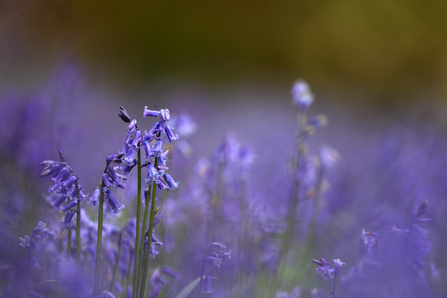In these colder months, the majority of plants that grow in our gardens, along with deciduous trees, enter a dormant phase. This is an ideal time to do some winter pruning. However, don’t throw away these cut-offs - instead make a wood pile for wildlife. The leaf litter, along with the cut down branches, provide excellent homes for a wide variety of ‘sleeper’ species such as newts, certain beetles and plenty of other insects, who are all looking for a place to get cosy and shut down for the winter.
Despite most of the trees around us being bare with no leaves, this is actually a great time to plant a tree. Flowering fruit trees can create whole ecosystems. One apple tree can provide homes for earwigs, spiders, moths, beetles, birds and much more. Fruit trees also develop decaying wood and fungi earlier than other trees, which means they’re also a ‘priority habitat’ for rare species.
As well as planting trees, why not plant some spring flowering bulbs? Pick ones that are good for pollinators like bluebells and get your garden buzzing in early spring. Make sure that you choose native species and only buy bulbs from a reputable garden centre or shop – never take bulbs from the wild. We rely on pollinators for every third mouthful we eat, so help them out by filling your garden with their favourite snack.

